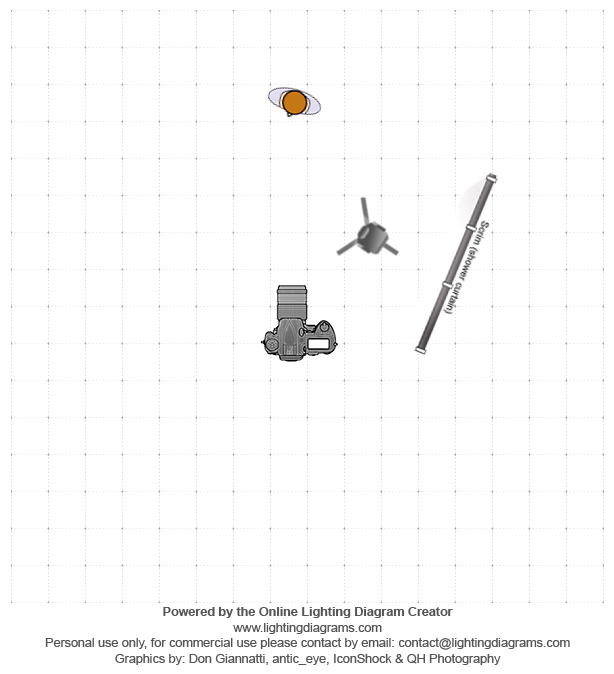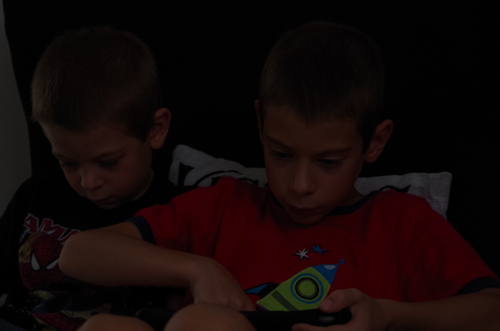Okay guys, I've made a few more test. To make things clear, here's what the setup looks like:

The diagram is not to scale, but you should get the idea. It might be somewhat unusual, but certainly not funky. It's the basic 45° light setup and I could easily have replaced the wall by a reflective umbrella or other reflector.The flash is linked to the camera with a P-TTL cord so to avoid any problem with the wireless mode, It is set as master with no exposure compensation.
No, with this setup, with the flash in P-TTL, here's what I get:
DA55-300, 55mm (83mm eq.), F5.6, 1/160

I don't think I need to show you the histogram to prove you that it's heavily underexposed and not even near acceptable exposure. In fact, it's not much better than without flash at all. Now, I've tried Av mode, master, slave mode in wireless, different focal lenght or aperture, all with similar results.
Now, if I use the flash in manual mode, 1/2 power, I rather get this:

Which is exposed just fine and proving that good exposure isn't impossible to achieve with this setup.
And now, here's the interesting part. If I changed the K-500 for my Q7 linked to the flash with the P_TTL cord and the flash set on P-TTL, and here's what i got:
Q7, 06 lens, 17mm (79mm eq.), 1/160, F5.6

Exposure is spot on! I've put back the K-500 and got again the underexposed picture, and back again to good exposure when I plug in the Q7. So, it seems there's something wrong in the way the K-500, or at least mine, handles bounce flash. I've no idea what it is, or if it's the same with all Pentax DSLR (particularly the very similar K-50 and K-30), but there's obviously something wrong... I might try to reset the camera and see what happens...


 Similar Threads
Similar Threads 






















